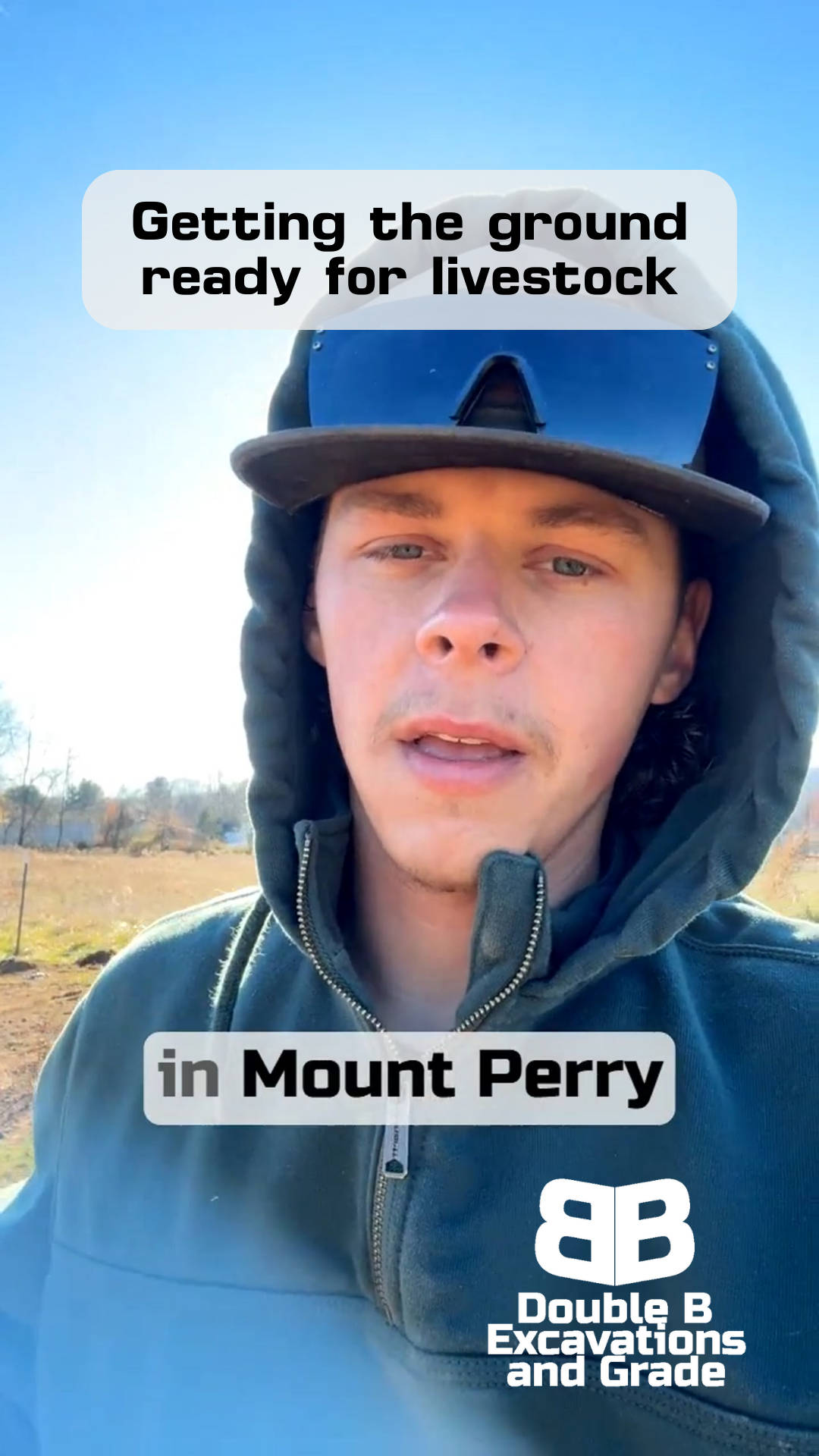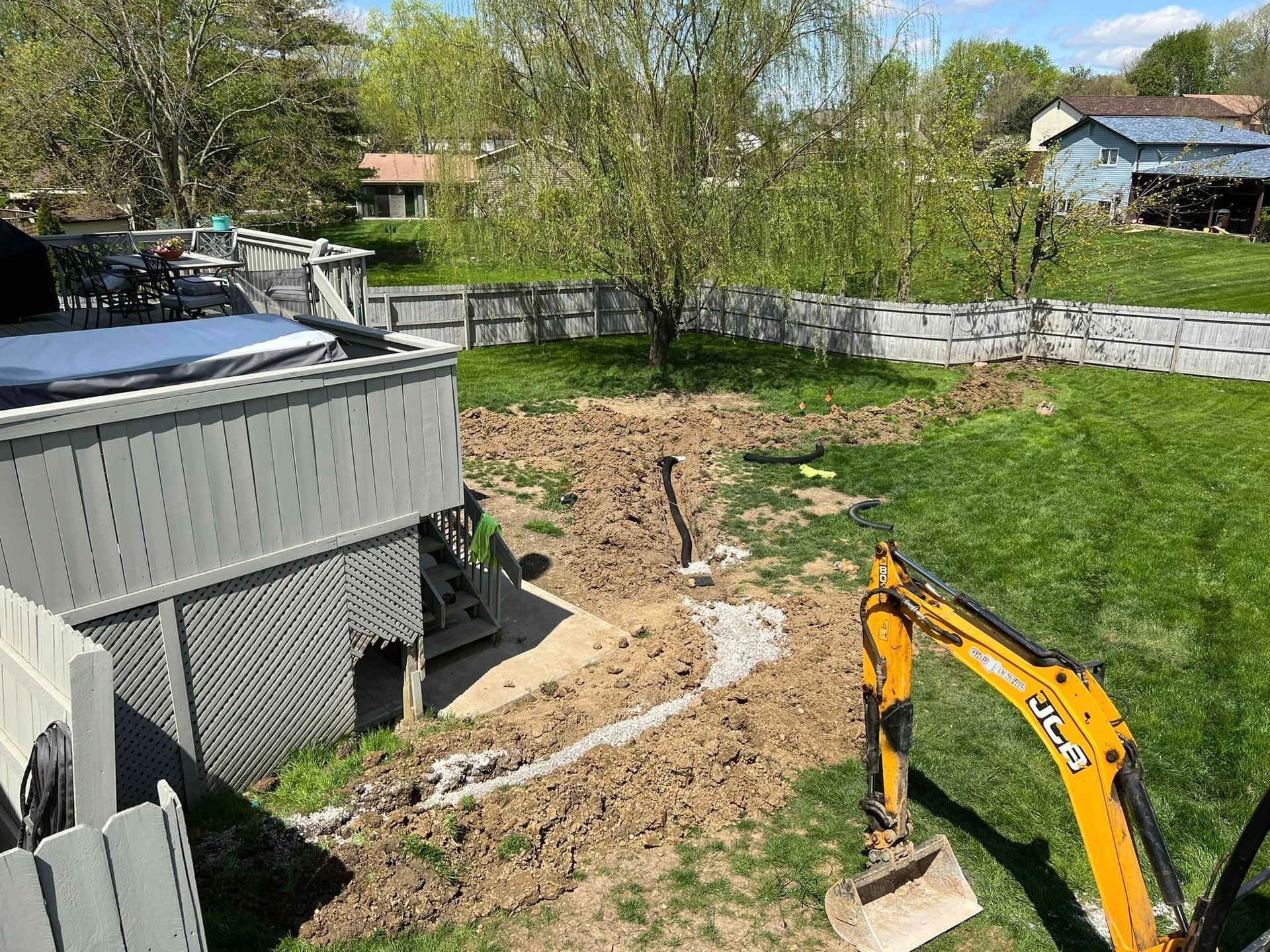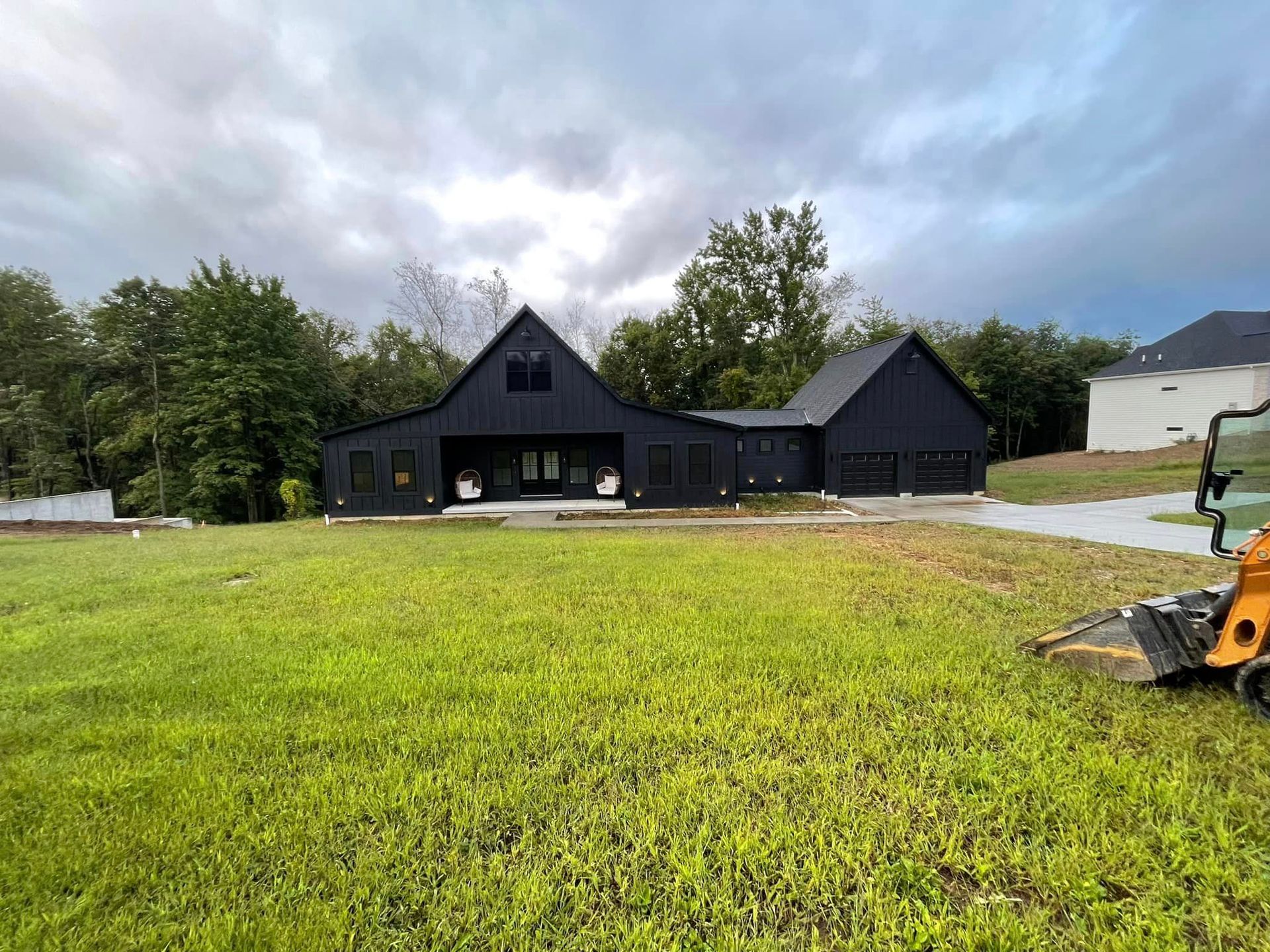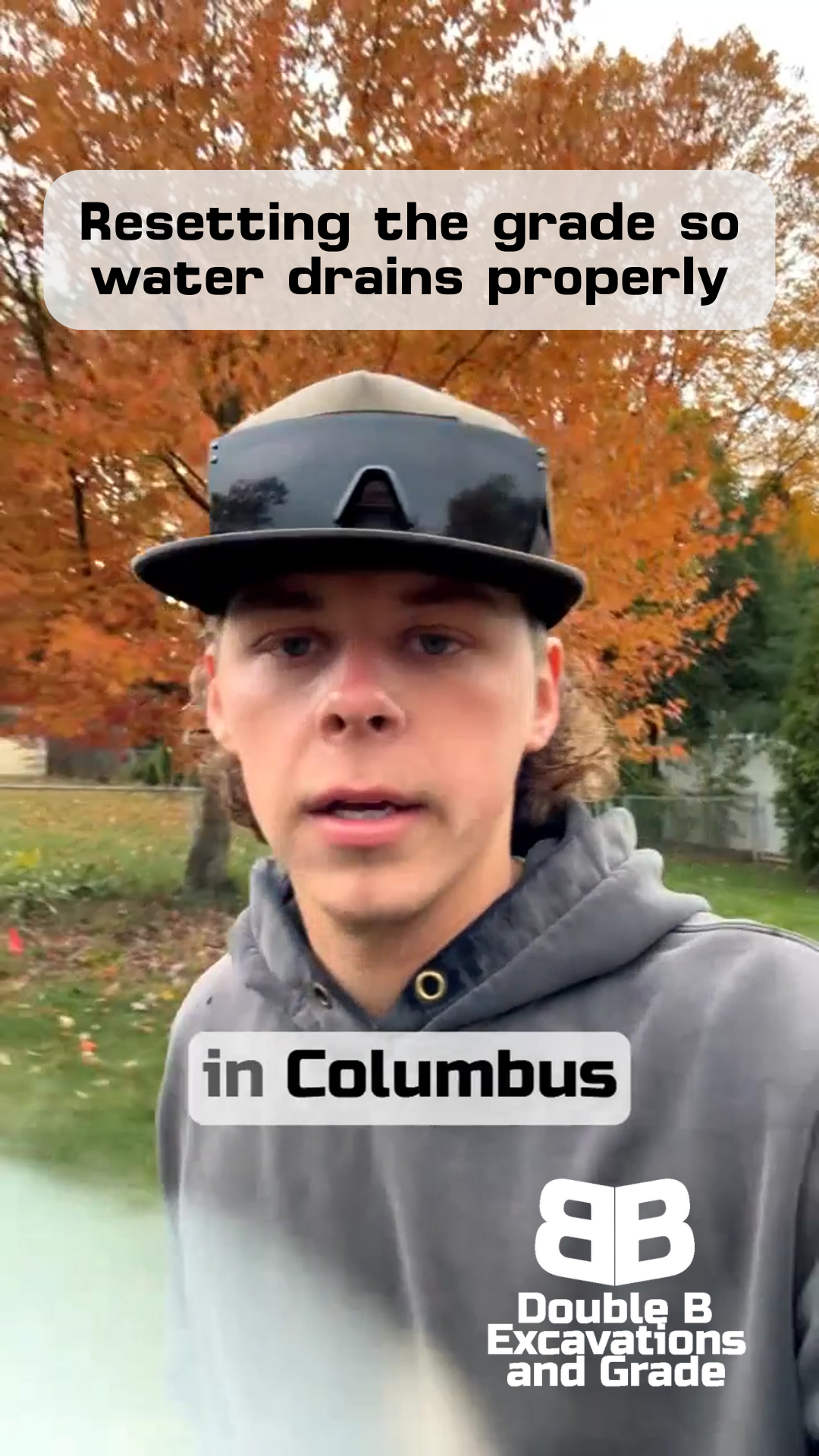The Right Tool for the Right Job: Why We Chose Wheelbarrows Over Machines
Double B Excavations & Grade LLC
The Right Tool for the Job
How We Prioritize the Best Equipment for Every Project
In today's construction world, it's easy to think bigger equipment always means better results.
We've got skid steers, mini skids, and all kinds of machinery that make our work more efficient. But sometimes, the best solution isn't the most obvious one.
Today's project was a perfect example of why having the right tools isn't just about having the biggest ones.
When we pulled up to this job site, we could have brought in our usual equipment.
Most contractors would have.
But what makes a good contractor isn't the size of their machines - it's knowing when not to use them. Sometimes, the simple approach isn't just good enough - it's actually better.
Welcome to Double B!
Understanding the Situation
Here's what we were dealing with: A customer had recently had a patio installed, but things weren't looking great. Their lawn was patchy, nothing was growing right, and they were understandably frustrated. The previous work had left them with a mess, and they called us in to fix it.
The challenge wasn't just about fixing the lawn - it was about how to do it without causing more problems. We had a fence to work around, and the yard had already been through enough stress from the patio installation. Every time you bring heavy equipment onto a property, you're creating potential for new issues. Tire tracks, compacted soil, damaged grass in other areas - these are all real concerns we have to think about.
Looking at the layout, we had to ask ourselves: sure, we could get a machine in there, but should we? Just because you can do something doesn't always mean you should. The customer had already dealt with one contractor who didn't think things through - we weren't about to be the second.
Decision-Making Process
Let me walk you through how we think about these situations. First, we always look at what tools we have available. Our skid steers and mini skids are great machines - they can move material quickly and grade with precision. But they also weigh a lot and need space to maneuver.
Then we look at what's at stake. In this case, we had a fence that would need to be partially removed to get machinery in. Even if we did that carefully, we'd be creating more work and more risk. Plus, the yard was already stressed from the patio installation. Adding heavy equipment tracks would just compound the problem we were trying to fix.
That's when we decided to go old school - wheelbarrows and manual labor. Sure, it might take a bit longer, but sometimes the "slower" method is actually the faster one when you consider the big picture. No fence removal, no risk of additional damage, and we could be more precise with our work.
The Execution
Once we made our decision, it was all about working smart. We set up a system where my partner and I could work efficiently with our wheelbarrows, bringing in fresh topsoil for what we call a "skim coat." This is basically a thin, even layer of soil that gives grass seed the perfect starting point.
The manual approach actually gave us better control over the final product. We could feel exactly how the soil was laying, adjust our technique on the spot, and ensure every square foot got the attention it needed. When you're on foot instead of in a machine, you notice things you might miss otherwise. Little dips that need filling, areas that need special attention - these details matter for the final result.
We finished by prepping everything for hydro-seeding. By working this way, we knew the seed would have the best chance of taking root and filling in those patchy areas that had been bothering the customer. Sometimes the best technology isn't technology at all - it's just good old-fashioned attention to detail.
Efficiency vs. Effectiveness
Let's talk about what real efficiency means in our line of work. A lot of people think efficiency is just about getting things done fast. But in our experience, true efficiency is about getting the right result without creating new problems along the way.
Sure, running wheelbarrows back and forth takes more physical effort than sitting in a machine. But when you add up the time it would take to remove and replace fencing, repair any damage from heavy equipment, and deal with potential complications - sometimes the "slower" method is actually the faster one. Plus, there's something satisfying about doing things by hand when that's what the job calls for.
Lessons and Takeaways
Every job teaches us something, and this one reinforced an important lesson: don't let your equipment make decisions for you. Just because you have access to machines doesn't mean you have to use them. Sometimes the best approach is the simplest one.
What really matters is understanding each specific situation. Every property is different, every customer has different needs, and every job presents its own challenges. The mark of a good contractor isn't having the biggest equipment - it's knowing how to get the best results while respecting the customer's property.
Wrapping it Up
If you're dealing with lawn issues after a construction project, or you're worried about how contractors might handle your property, remember this: the biggest solution isn't always the best solution.
We're always happy to look at your project and figure out the right approach - even if that means leaving the heavy equipment at the shop.
Because at Double B, we're not just about getting the job done - we're about getting it done right.
Sometimes that means bringing in the big machines, and sometimes it means grabbing a wheelbarrow and getting to work the old-fashioned way.

